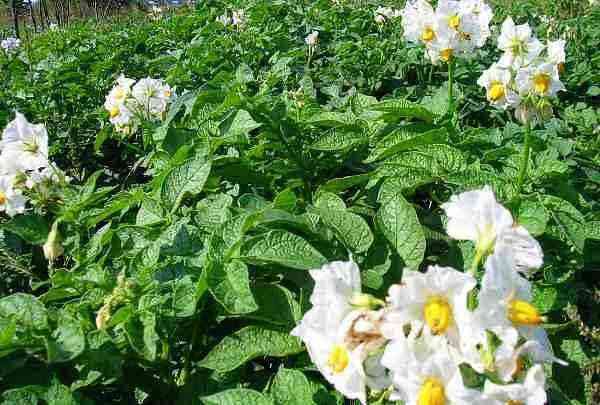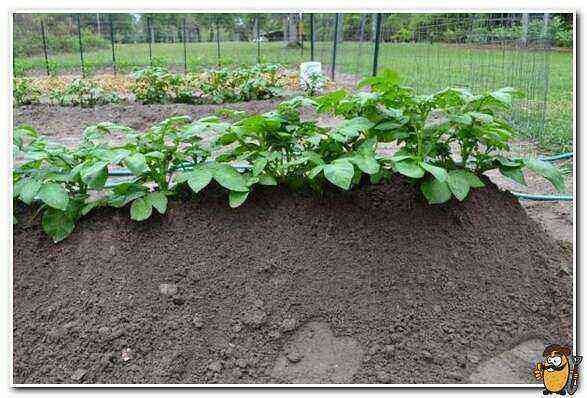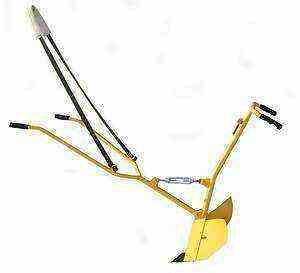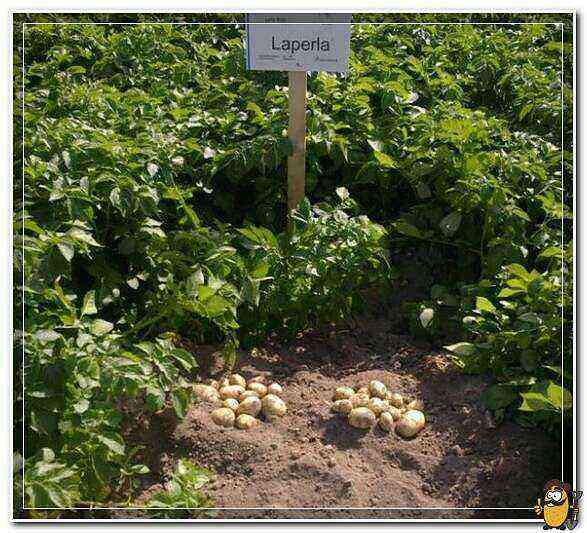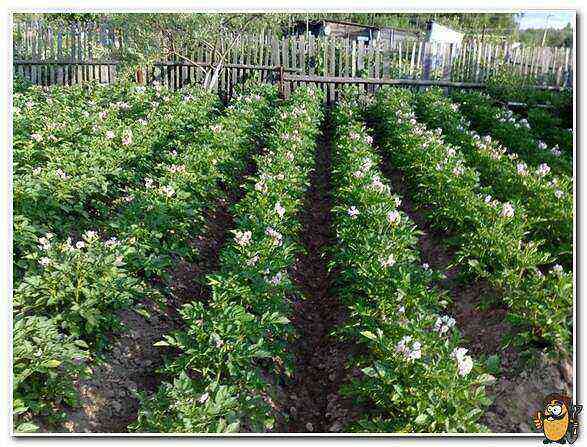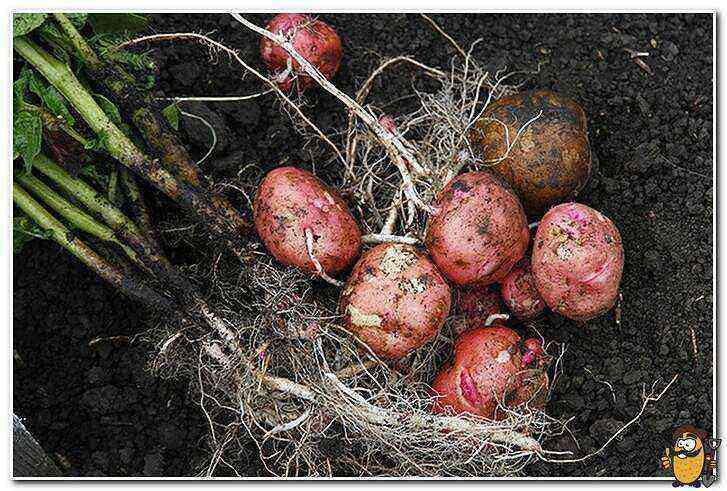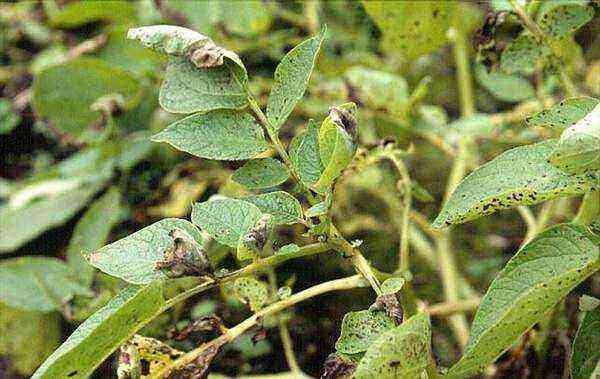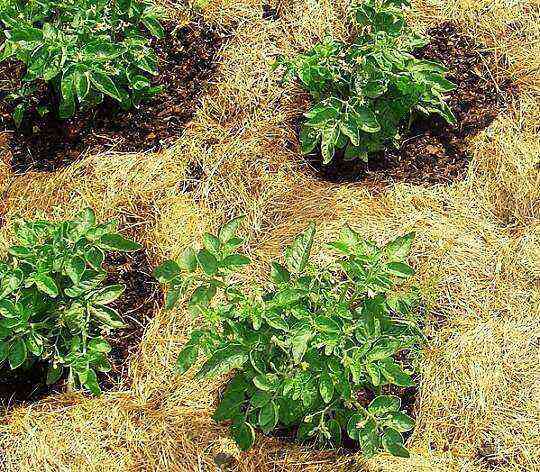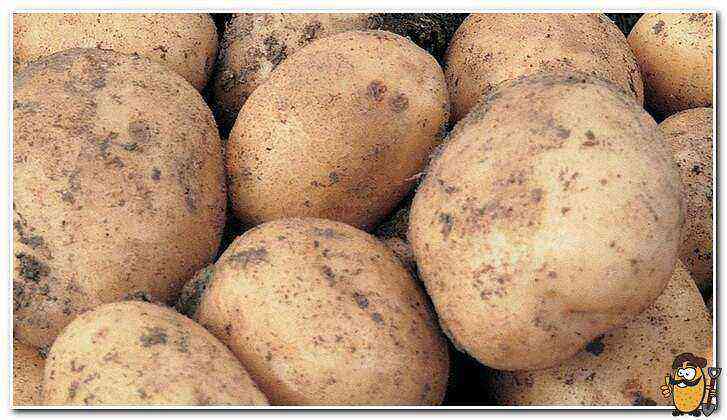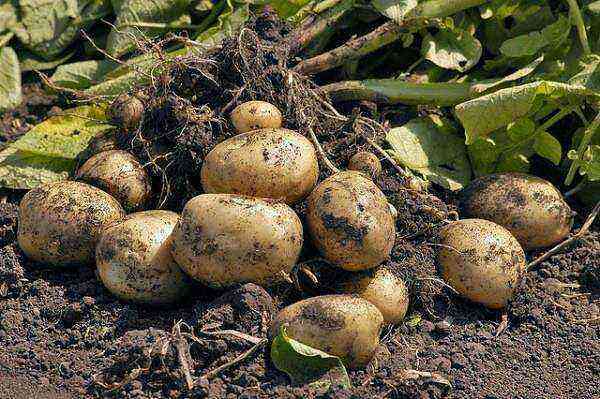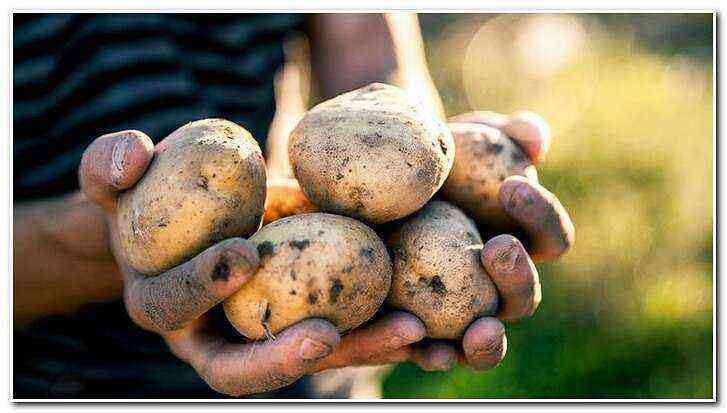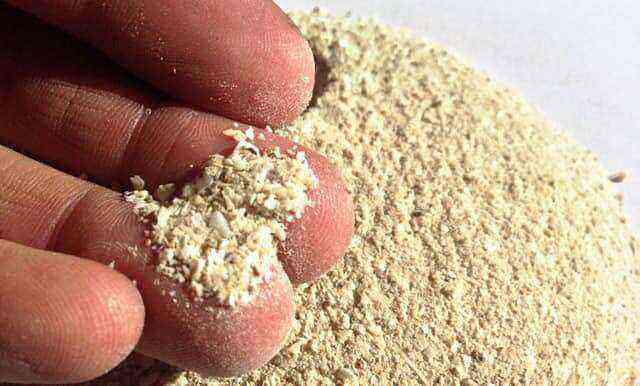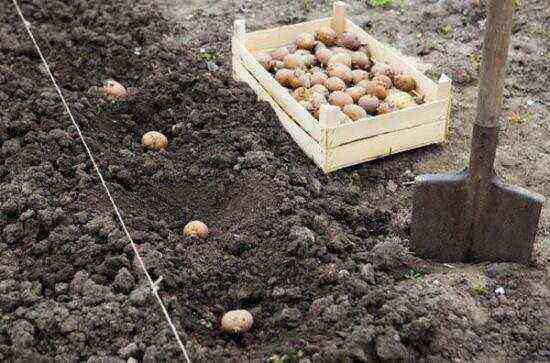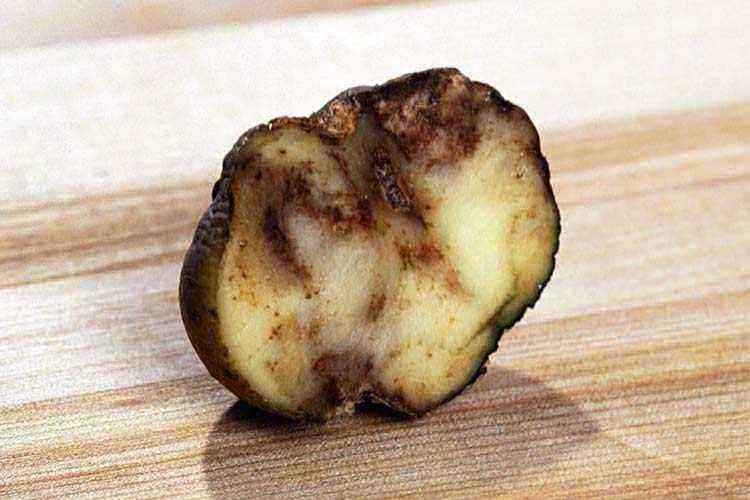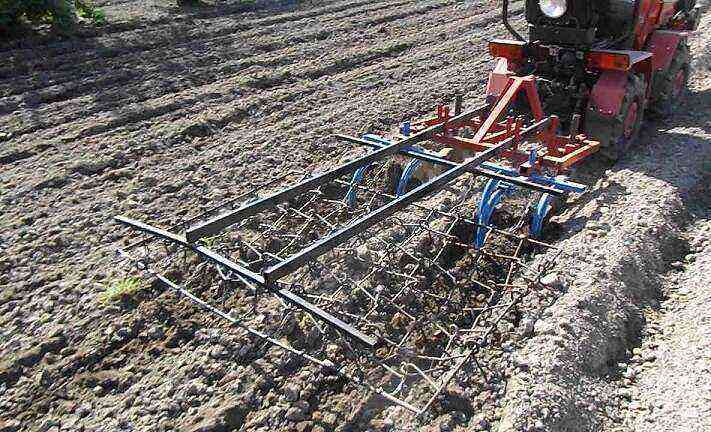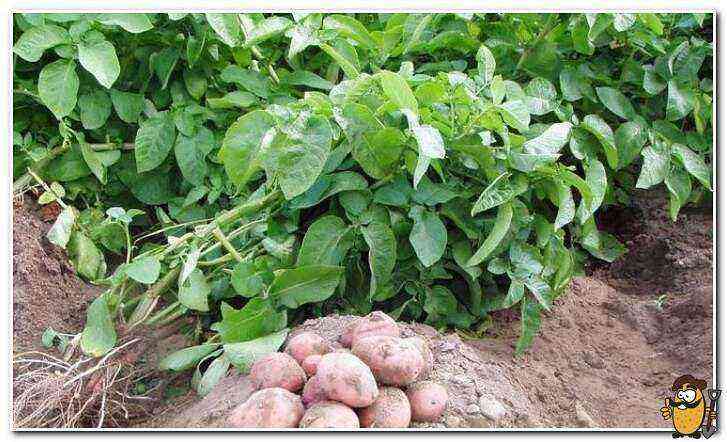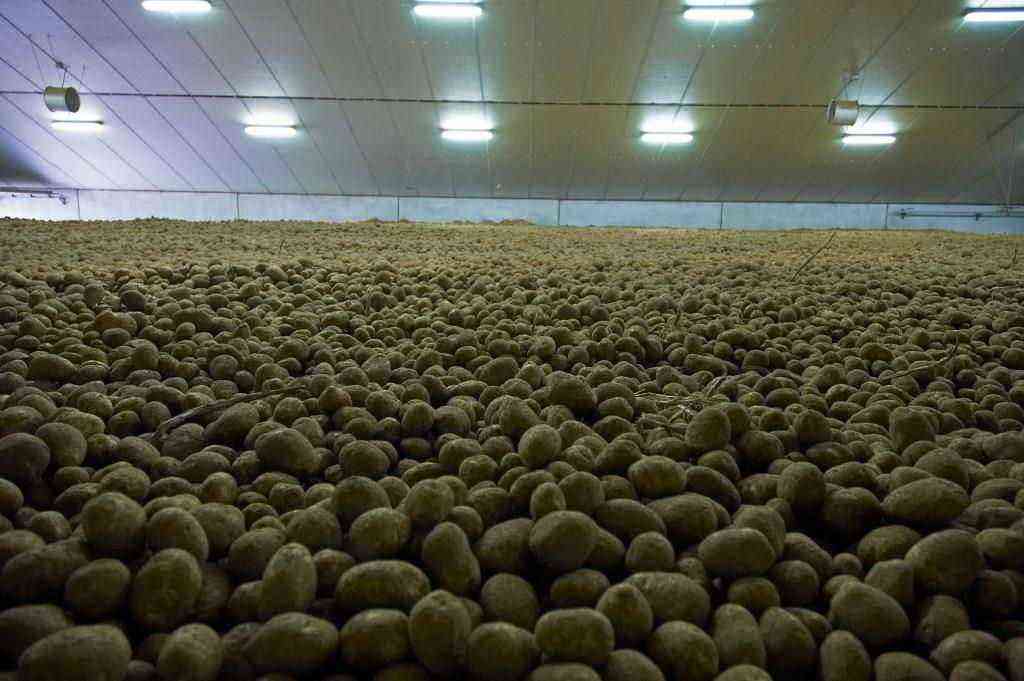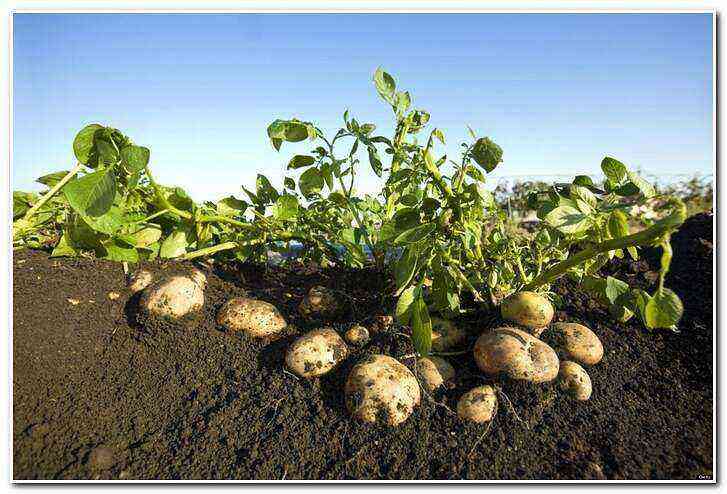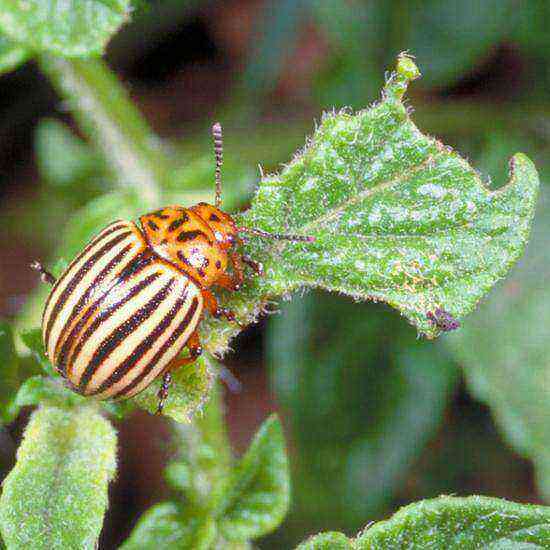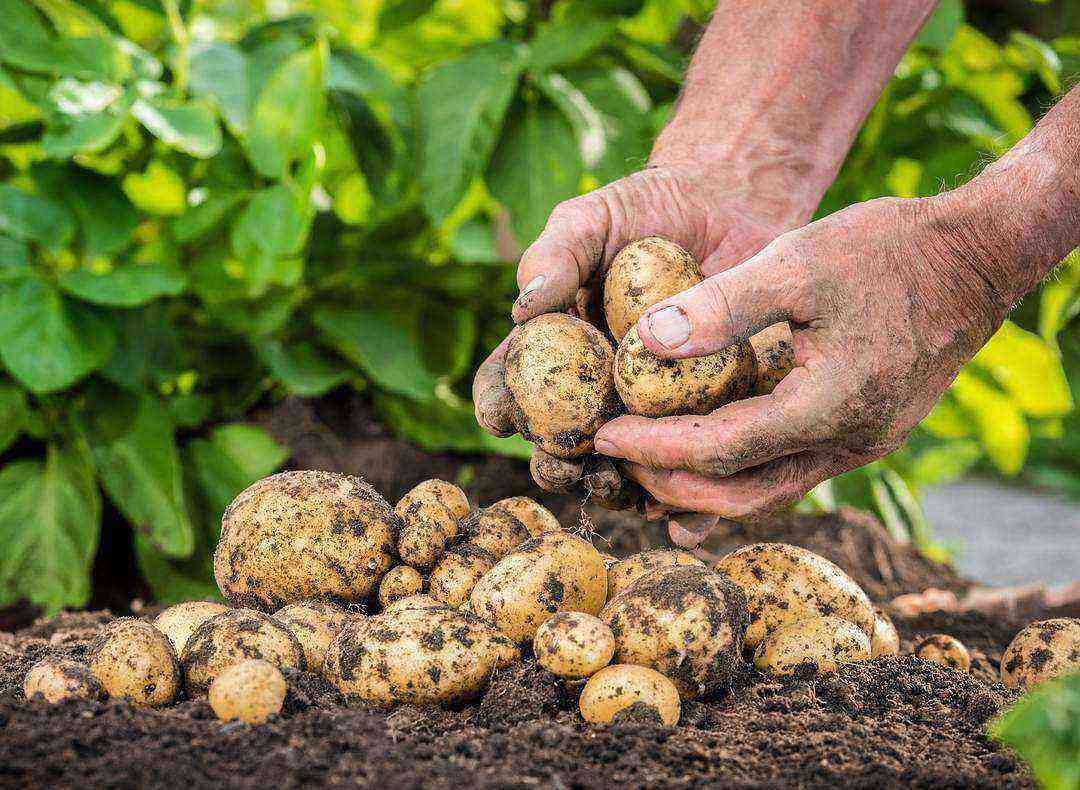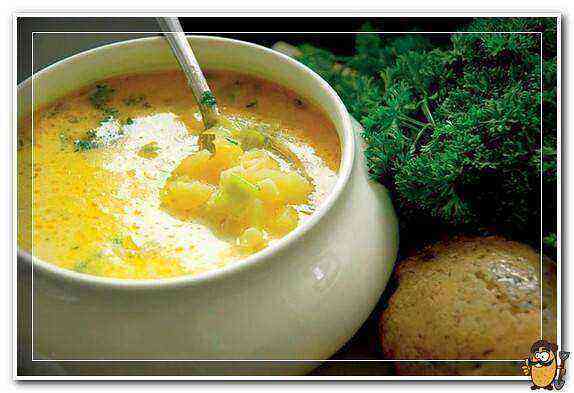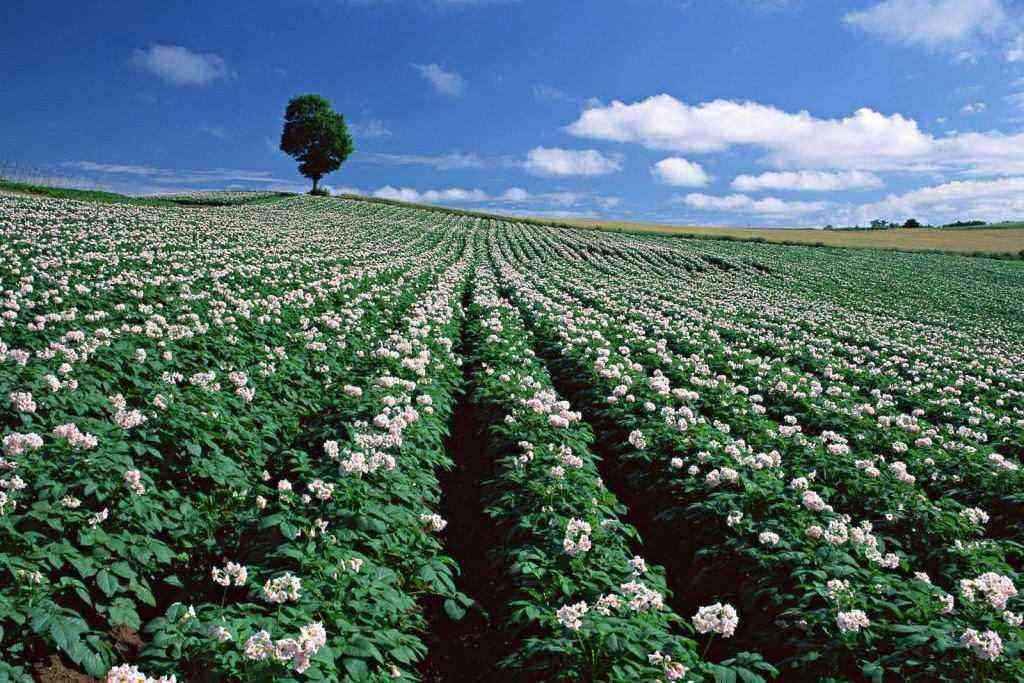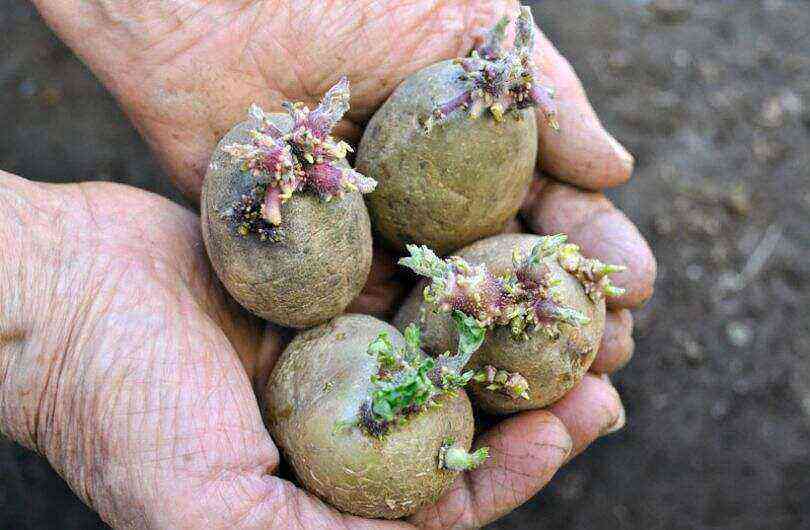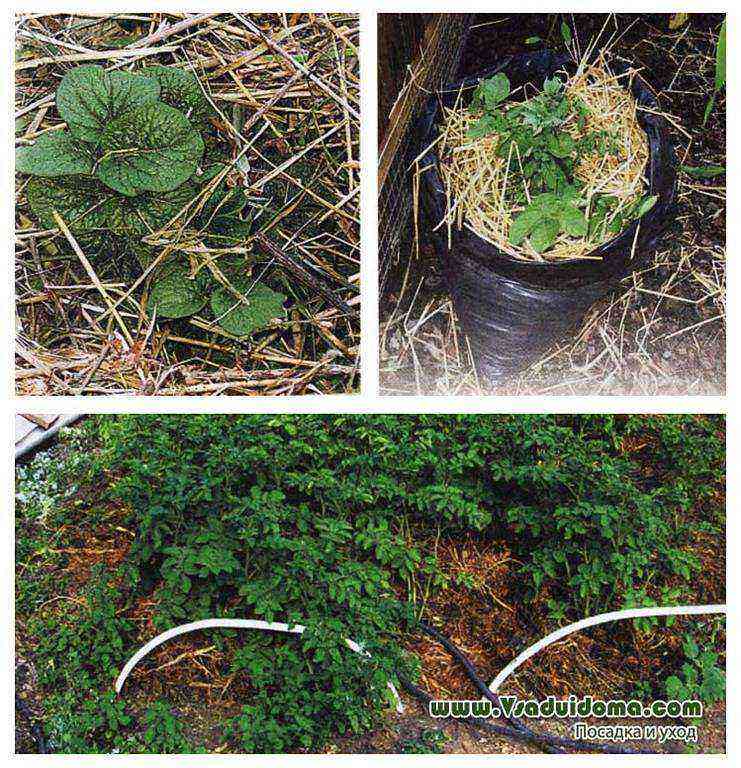Gypsy potatoes. The vast majority of potato varieties are the result of painstaking breeding work carried out by experts from many countries. Almost every year, new hybrids appear that differ from their predecessors in higher yields, the ability to take root in any conditions, and resistance to common crop diseases and pest attacks.
But there are also such varieties, the appearance of which no one can explain. A striking example of this is the Gypsy potato, which is loved by gardeners for its excellent taste.
Gypsy is considered an amateur variety, bred by chance and, perhaps for this reason, is not included in the State Register. This unique potato has a number of distinctive features, thanks to which it cannot be confused with any of the varieties existing today.
- Firstly, these are taste qualities that make it possible to consider it a delicacy, no matter how strange it may sound in relation to potatoes.
- The second is pronounced external differences, namely the rich dark purple color of the peel.
- And the third is tenderness, because of which large farmers refuse to grow Gypsy.
The fact is that the peel of the variety is too thin, it is easily damaged during harvesting by mechanical methods and transportation. But summer residents and gardeners willingly plant these potatoes in their plots for home cooking. Since there is nowhere to purchase planting material, they grow seeds on their own.
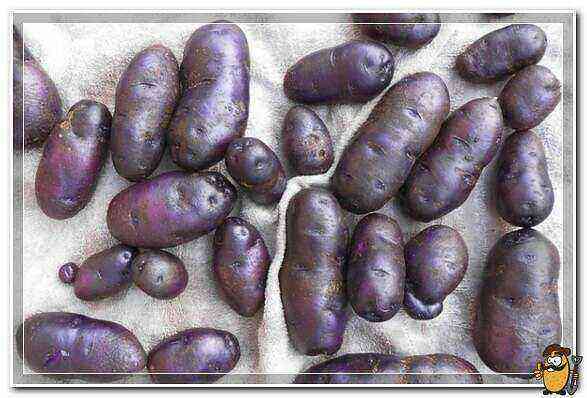
Brief description of the variety
Gypsy potatoes can be described as follows:
- compact plant of medium height;
- dark stems with a subtle bluish tinge;
- the volume of green mass is medium;
- leaves are dark green, with pronounced veins and slightly wavy edges;
- inflorescences are large and dense, blue in color;
- berries are almost never formed;
- the root system is well developed.
Due to the compactness of the bushes, these potatoes can be planted according to a non-standard scheme – so that the plants are closer to each other. This will prevent weeds from overgrowing and taking away nutrients from the crop. But it is also impossible to plant too tightly, because the tubers also need space.
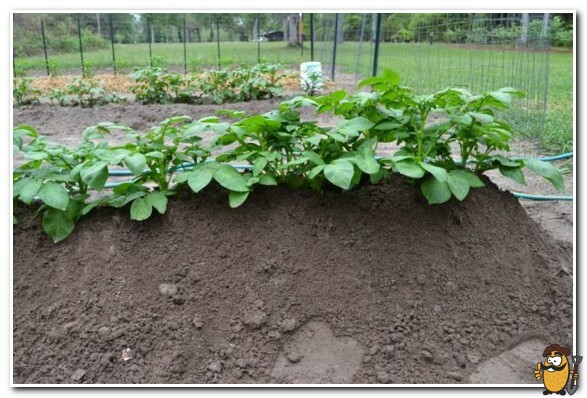
Main varietal characteristics
With competent agricultural technology, you can grow up to 250 c / ha. In each bush, from 6 to 14 tubers weighing 90-130 g are formed. The growing season is 70-90 days, which allows this variety to be classified as early or mid-early. What exactly it will be depends on the region of growth and the timing of planting. The starch content in tubers is up to 14%. They also contain a large number of useful micro and macro elements.
As mentioned above, the marketability of tubers can be maintained only with manual harvesting due to their high susceptibility to mechanical damage. For the same reason, Tsyganka potatoes do not tolerate transportation well. Keeping quality also leaves much to be desired; storage losses average 8% of the total weight.
All these disadvantages more than overlap the taste. The gypsy has excellent ones. Tubers are distinguished by their culinary versatility, they can be used to prepare a wide variety of dishes. The pulp is tender, without wateriness, it boils well and pleases with a real potato taste and aroma.
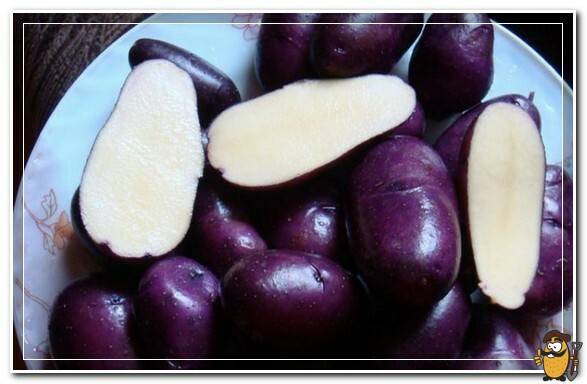
It should be noted the exactingness of the variety to soils, climatic conditions and care. Regardless of the region of cultivation and the composition of the soil, in any case, it must be well fertilized. During dry periods, plants will need abundant watering. Lack of moisture negatively affects the development of tubers, which leads to a significant decrease in yield. In addition to watering, the variety requires timely implementation of other agrotechnical measures.
Peculiarities of growing
Landing
Against the background of most hybrid varieties bred by breeders, Gypsy is favorably distinguished by one quality – it does not degenerate. Gardeners have the opportunity to annually select planting material from their own harvest. Suitable for planting are medium-sized fruits without rot, traces of pests and mechanical damage. If there are not enough medium potatoes for planting, you can cut the large root vegetables into two parts so that a sufficient number of eyes (at least three) remain on each.
At the time of planting, the soil temperature should reach 12 degrees. The preparation of planting material begins a week and a half before the event. It is pickled, treated with special preparations to stimulate growth, and left in a warm room for germination. It is advisable to spread the potatoes in one layer and cover with a thin dark cloth. Thanks to this, the sprouts will not stretch in length, they will be short and strong.
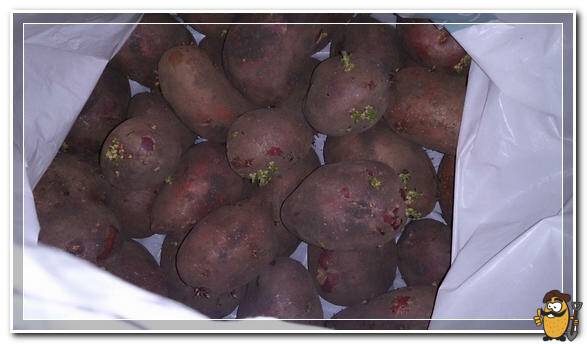
Typically, a standard 35 x 70 planting pattern is used, but if desired, the distance between rows can be reduced to 60 cm. In denser plantings, there is nowhere for weeds to roam.
Important! Experienced gardeners strongly do not recommend planting a Gypsy woman in the same place for more than two seasons in a row. In addition, you must follow the rules of crop rotation. It has been noticed that this variety grows best where there were legumes, radish or cabbage. The listed crops saturate the soil with nitrogen and many other nutrients.
Which
This includes a number of agricultural techniques that the Gypsy potato variety needs. Let’s consider each separately.
Watering is necessary not only during dry periods and during flowering. To get a good harvest, you need to water the plants at least once every two weeks, ideally every 5-7 days. Before the first hilling, irrigation is carried out by drip, then water is poured into specially formed grooves between the furrows.
Loosening is another important technique that provides oxygen access to the root system and preserves moisture in the soil. It is advisable to loosen the ground between the plants after heavy watering and prolonged rains.
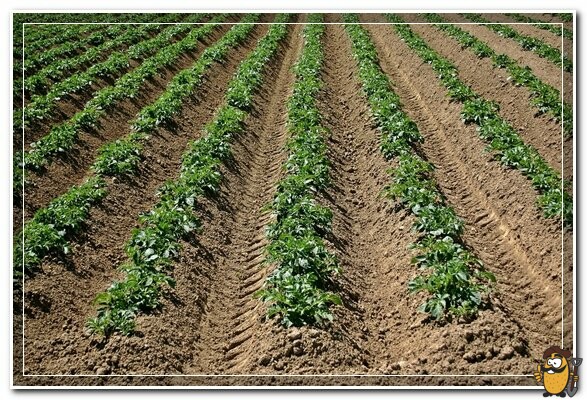
Weeding is carried out as weeds appear on the potato beds. Weeds are removed by the roots and taken out of the plantings, into the compost pit. Some gardeners leave them on the site. Some believe that plants will rot and nourish the soil, while others rely on the fact that they serve as mulch and help retain moisture. You should not do this, since weeds extracted from the soil can infect potatoes with various diseases.
Top dressing is required for the Gypsy variety at least three times per season. When and what to feed?
1. At the initial stage of growth, when the plant stems are still weak. You can add a mixture of humus with urea at the rate of 1.5 cups of the first component and 1 teaspoon of the second per square meter.
2. At the very beginning of flowering. During this period, potatoes respond well to feeding, which includes only two components: ash (90%), potassium sulfate (10%).
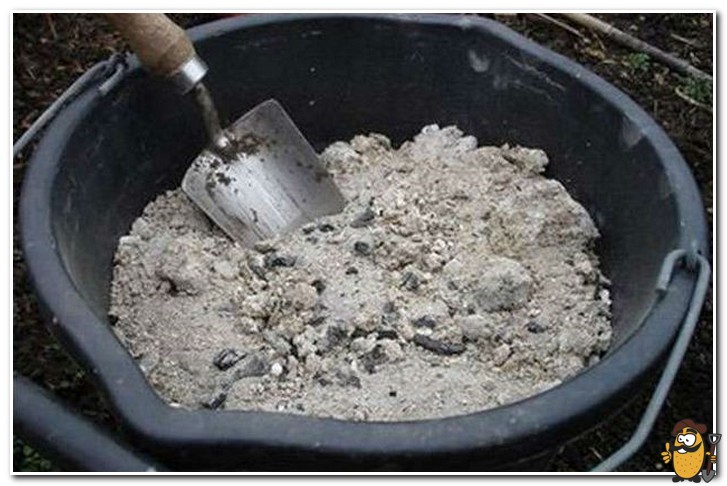
3. At the stage of active tuber formation. This mixture is suitable: superphosphate – 2 tbsp. spoons, potassium sulfate – 2 tbsp. spoons, nitrophoska – 1 tbsp. the spoon. In such an amount, the components must be diluted in 10 liters of water. Top dressing is applied under each bush, half a liter.
Of course, Tsyganochka requires a lot of attention, but she does not remain in debt. If agrotechnical measures are carried out correctly and in a timely manner, she will certainly thank you with a good harvest.
Diseases and pests
The variety is immune to serious diseases such as potato cancer and scab. Resistance to late blight and gray rot is average. In other words, it all depends on the owner of the site. If he adheres to crop rotation and takes preventive measures, he will not face such problems.
With insects, things are more complicated. Potatoes of the Tsyganka variety are loved not only by summer residents, but also by Colorado beetles, as well as the larvae of the click beetle – wireworms. Plantings are often attacked by these malicious pests. You can successfully fight them with the help of insecticidal agents and biological products.
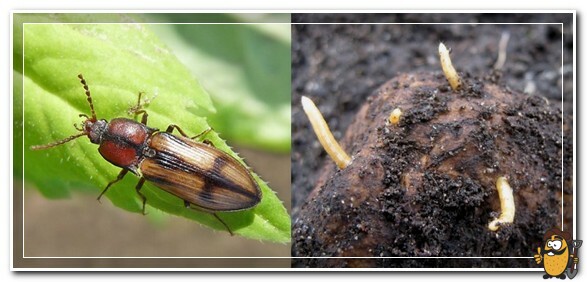
Better yet, try to prevent the massive spread of these insects in the area. The pre-planting treatment of sprouted tubers with the preparations “Maxim” and “Tirana” helps from the Colorado potato beetle. Well, the obstacle for the wireworm will be ultraviolet rays, which he fears like fire. You just need to periodically loosen the soil so that the ultraviolet light destroys the eggs of the click beetle.
Collection and storage
The harvest of purple potatoes begins to be harvested after the complete wilting of the aerial part of the plants. While the tops are drying up, the tubers will have time to gain more nutrients. Cleaning is done with a shovel or pitchfork. Agricultural machinery is not used due to the risk of damaging most of the crop. By the way, this event cannot be delayed, otherwise the potatoes can get late blight.
After harvesting, the potatoes are dried in a dark place, sorted (calibrated) and sent to storage – a cool, well-ventilated room. You can store it in bulk, in boxes or in bags. Regardless of the storage method, the main condition is one – there must be air access to the tubers.
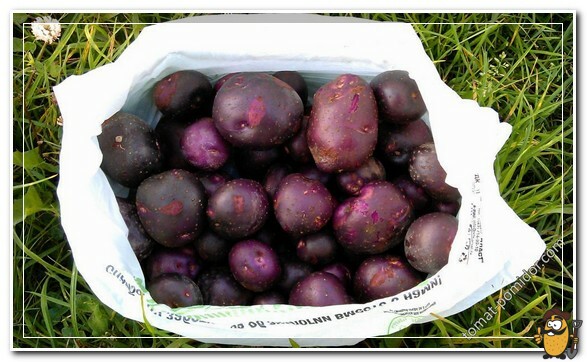
Gypsy potatoes reviews
The opinion of those who tried to grow this potato in their garden cannot be called unanimous. Some summer residents were unhappy. They complain about the instability of Gypsy and advise you to buy more reliable varieties. I must say that there are few of them, and it is not the peculiarities of this culture that are to blame for their failures, but, most likely, a lack of experience. All the rest praise the outlandish potatoes with a unique taste and are ready to allocate a significant part of their plot for it. She really deserves it.
